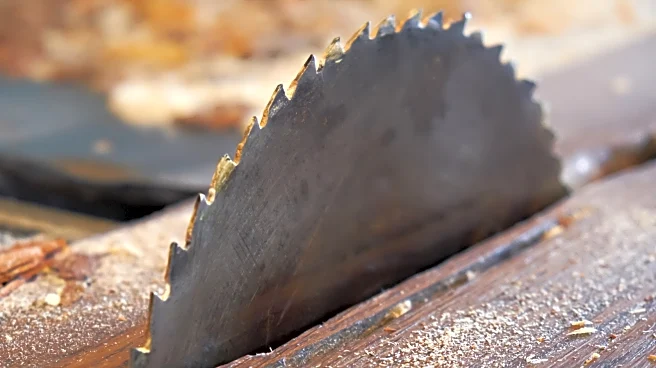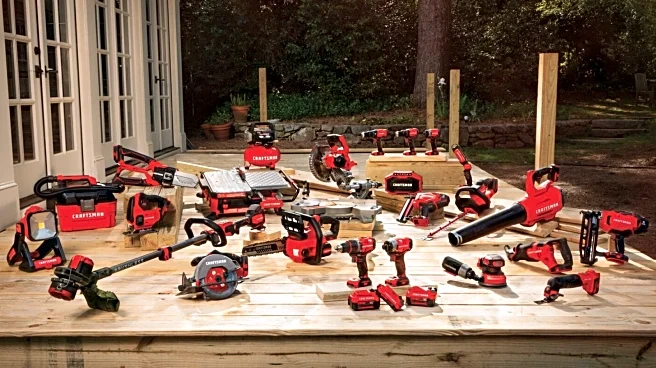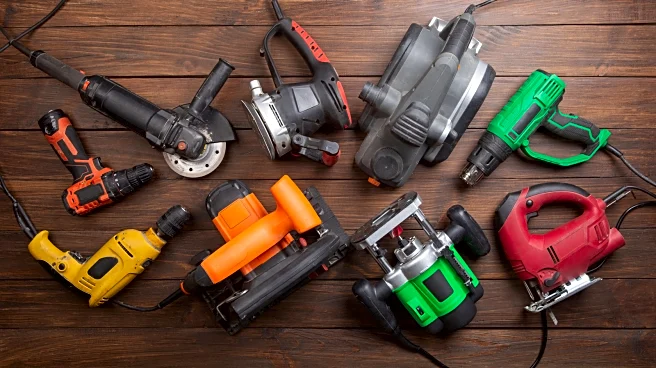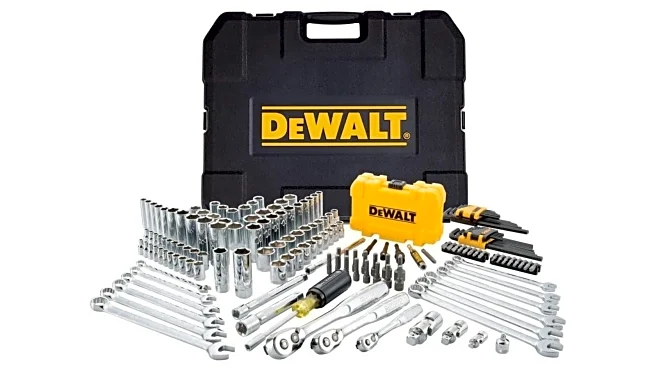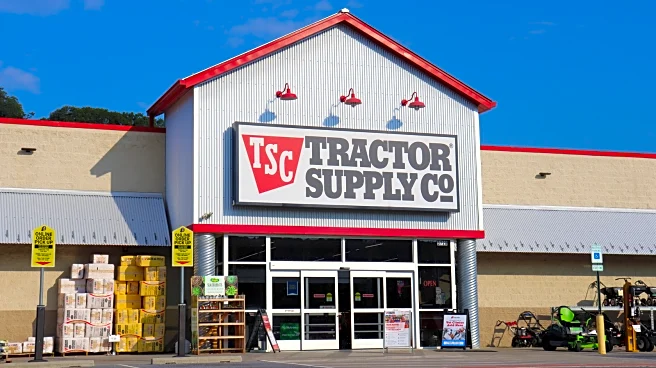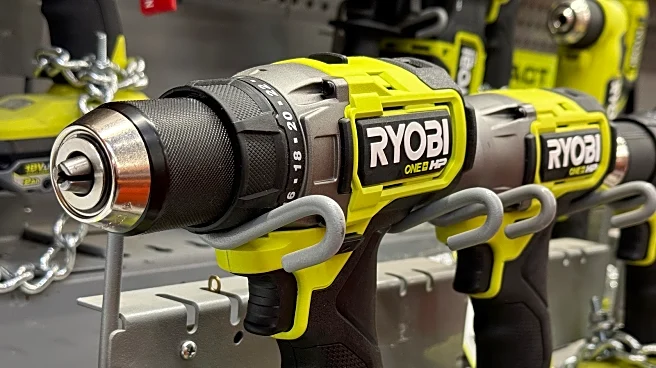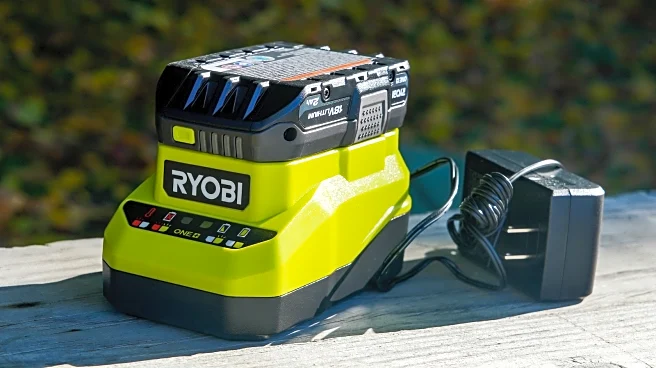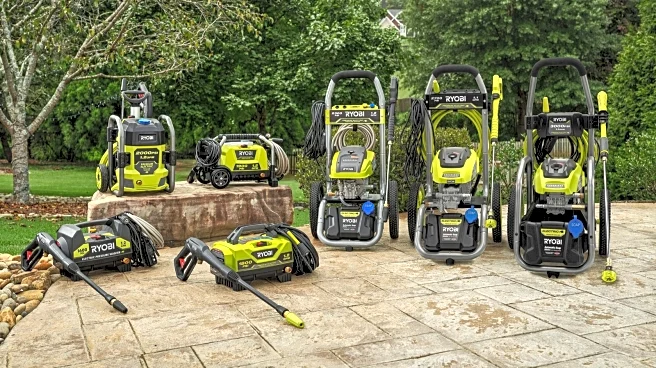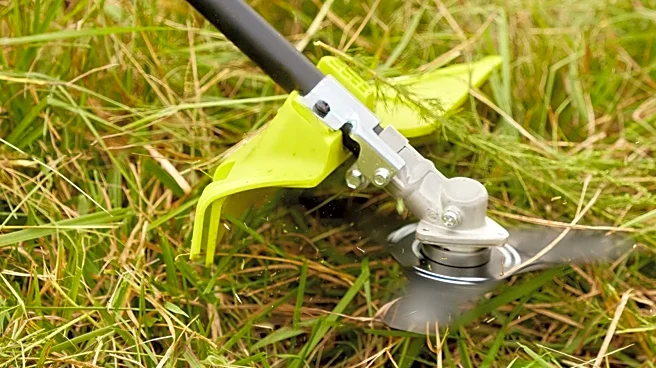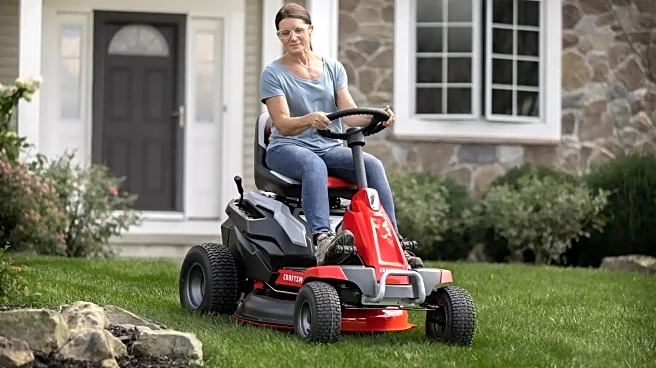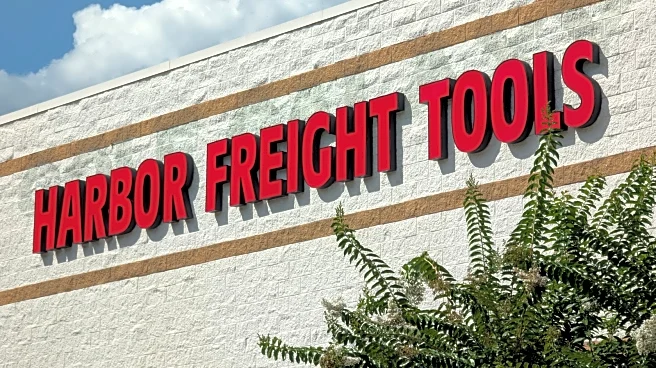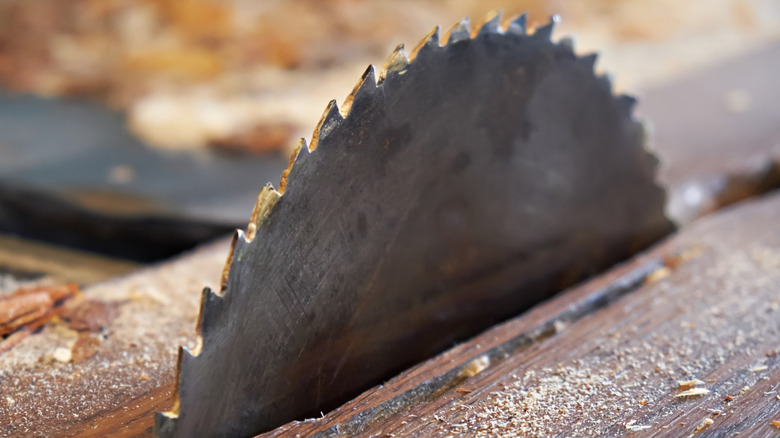
No matter the tool it's in, a saw blade will eventually need to be replaced. Yes, that includes the table saw, that nerve-wracking tool that rattles even the pros. Seeing as table saws -- as the name implies -- are basically tables with a spinning blade in the middle, it might seem like blade replacement is a rather daunting task. Fortunately, the many brands that make them, including Craftsman, have done their part to make blade replacement as simple as possible. So long as the fresh blade is the right
size to attach to the saw's arbor, you're good to go.
- Unplug the table saw and clear out any debris that has built up around the blade.
- Raise the saw blade as high as possible.
- Move or remove elements surrounding the blade. This includes the rip fence, miter gauge, blade guard, throat plate, and splitting knife.
- Remove the locking nut from the arbor using the blade wrenches supplied with the saw.
- Wearing safety gloves, remove the old blade and install the new one, with the teeth facing the same direction.
- Reattach the locking nut, tightening it so that it's secure yet doesn't inhibit blade movement.
- Reinstall all of the parts you moved or removed during disassembly and plug the table back in.
That's all it takes to get a new blade on a table saw. Of course, before doing any of this, it's worth knowing the signs that indicate you need a new saw blade in the first place.
Read more: Every Major Chainsaw Brand Ranked Worst To Best
How To Tell That Your Craftsman Table Saw Needs A New Blade
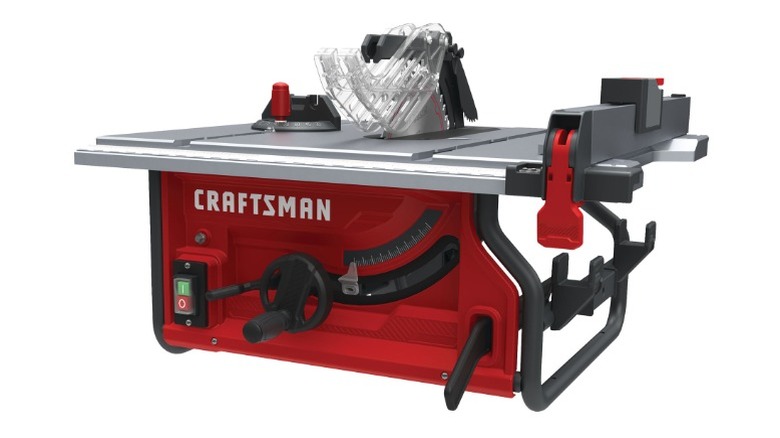
As straightforward as replacing a Craftsman table saw's blade is, it's not likely something you want to do unnecessarily. It's all about learning when a blade should be replaced, so you don't end up changing it more or less often than you need to. The blade's condition itself will tell you first and foremost when it's time for a swap. A blade that needs replacing may be warped or noticeably dull. It may even be lacking a few teeth, or could be developing rust or corrosion spots, indicating that it's been through the wringer and won't be much good to you from here on out.
Aside from the blade's condition, you should pay attention to how it performs. A major tell is if cutting wood is more difficult than it should be. If it takes the blade longer to cut through even relatively thin pieces, and you find yourself putting in extra effort to push the wood through, then your blade's probably spent. The quality of the cut can also be quite revealing, with smooth, clean cuts making way for jagged, sloppier cuts as the blade wears down. Symptoms of a bad blade go beyond visuals, too, as unusual screeching or squealing noises are a clear sign that it's time for a replacement.
Whether it's from Craftsman or any of the other major saw table brands, no frequently-used table saw is exempt from blades going bad. Luckily, swapping in a new one isn't too much of a hassle.
Want the latest in tech and auto trends? Subscribe to our free newsletter for the latest headlines, expert guides, and how-to tips, one email at a time.
Read the original article on SlashGear.
